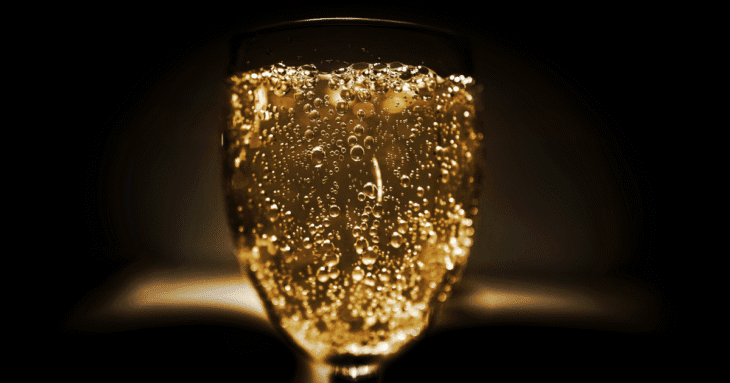The Chemistry of Champagne Aging: How It Evolves and Why It Matters
Aging champagne isn’t simply about time ticking by in a dark cellar. It’s a sophisticated alchemy that quietly transforms the soul of every bottle. Behind the elegant sparkle lies a centuries-old science, one that unlocks hidden layers of aroma, texture, and emotion. This is the story of how champagne evolves, from youthful exuberance to graceful complexity.
In this guide, we’ll explore the nuanced chemistry of the champagne aging process, examine how flavors develop over time, and offer insights on how to appreciate or age a bottle yourself. Whether you’re a collector, a connoisseur, or simply champagne-curious, this journey will enrich your appreciation for every pop, pour, and sip.
What Is Champagne Aging?
When we talk about aging champagne, we’re referring to how its character evolves while resting in the bottle. This transformation unfolds over years and is shaped by several key elements: time, temperature, yeast, sugar, and oxygen. As the wine matures, its structure softens, its aromas deepen, and its flavors become more refined. This is the journey where raw potential becomes exquisite finesse.
Vintage vs. Non-Vintage Aging Timelines
Vintage champagne is crafted using grapes harvested during a single outstanding year, chosen for their balance and intensity. These bottles often spend 5 to 10 years aging before release, sometimes even longer. In contrast, non-vintage champagne is a blend of harvests from different years and typically ages for 1.5 to 3 years. That said, high-quality non-vintage bottles can still gain complexity with additional aging.
Bottle Aging vs. Cellar Aging
Cellar aging takes place at the producer’s facilities under tightly controlled environmental conditions. This is where most of the foundational transformation occurs as the wine rests on its lees. Bottle aging continues after the champagne is sold, often in private collections or home cellars. While both stages influence the wine, cellar aging is essential for building structure, while bottle aging allows the final character to bloom.
The Role of Time and Temperature in Champagne Evolution
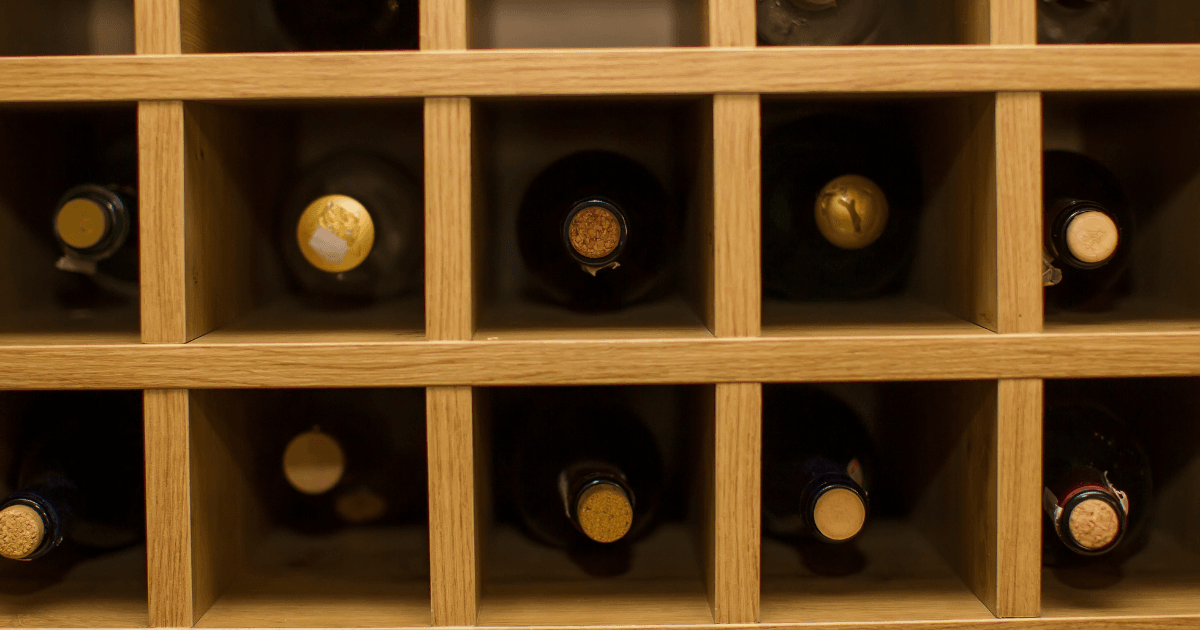
Aging champagne is a delicate dance with time. Too fast, and it falls apart; too slow, and it never reveals its brilliance.
Ideal Aging Conditions
Champagne matures best when kept between 50–55°F (10–13°C) in a cool, dark space with humidity levels around 70–75%. This environment slows chemical changes and promotes gradual, even development. Light and heat can damage the wine’s structure, flattening flavors and speeding up oxidation. Consistent storage is key to preserving the bottle’s integrity and aging potential.
Temperature’s Influence on Chemistry
Temperature plays a crucial role in determining how quickly or slowly champagne evolves. Colder temperatures help maintain freshness by preserving acidity and supporting slow autolysis. Warmer environments may speed up aging but often lead to imbalanced flavors and premature oxidation. Careful temperature regulation ensures a smoother, more elegant transformation.
Why Slow Maturation Matters
When champagne matures slowly, its molecules have time to form more intricate and harmonious structures. Acids, sugars, and alcohols interact to deepen the wine’s complexity without losing balance. This slow evolution brings out layers of texture and subtlety that rushed aging cannot replicate. In the end, it’s the patience that gives aged champagne its grace and distinction.
First Fermentation to Second Fermentation: Where It All Begins
The transformation of champagne begins long before the bottle is sealed. It starts with fermentation—twice.
The Traditional Method (Méthode Champenoise)
Champagne begins with a primary fermentation, during which grape sugars are transformed into alcohol. This mirrors the process of still wine production. However, the hallmark of champagne lies in its secondary fermentation, which takes place inside the bottle. This internal fermentation generates bubbles and sets the stage for its age-worthy character.
Sugar and Yeast: The Spark of Life
To initiate the second fermentation, winemakers add a precise dose of liqueur de tirage—a blend of sugar and yeast—to the base wine. The sugar feeds the yeast, producing carbon dioxide under pressure. This not only carbonates the wine but also lays the groundwork for deepening complexity through aging. It marks the start of a slow, graceful transformation.
Enter Autolysis and the Lees
Once the secondary fermentation ends, the yeast cells die and become known as lees. These lees settle at the bottom of the bottle and begin to break down in a process called autolysis. Over months or years, they release amino acids, esters, and other compounds that influence flavor and texture. This phase contributes dramatically to champagne’s signature richness and layered character.
Understanding Autolysis and the Role of Lees
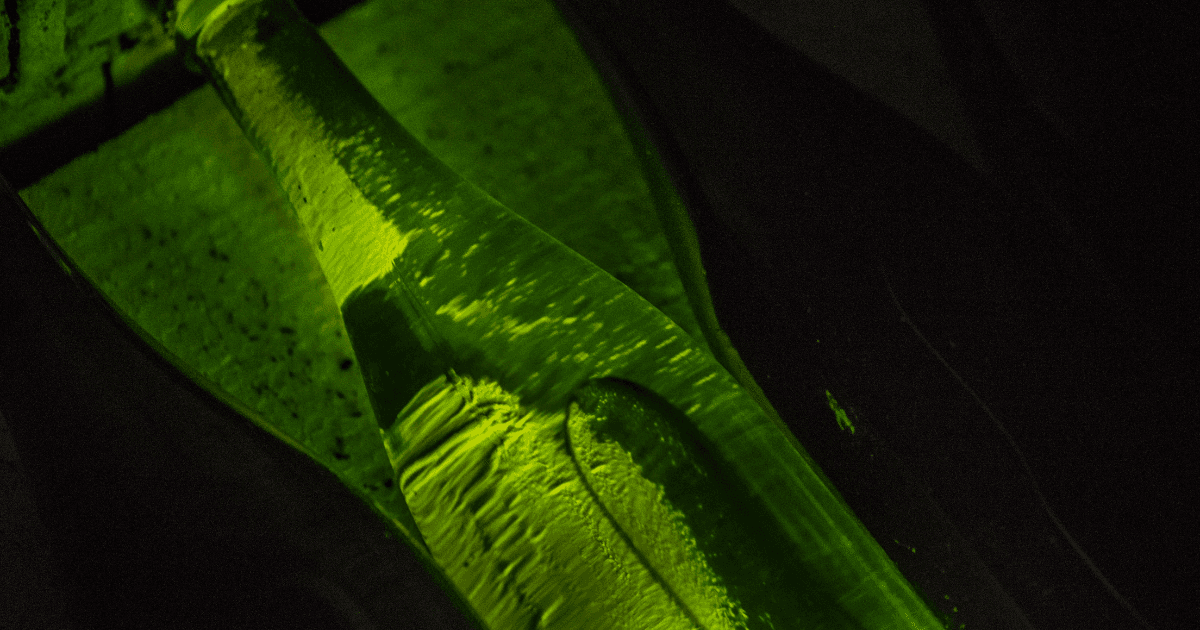
Autolysis is the invisible engine behind champagne’s magic. It occurs over months or years as dead yeast cells decompose.
What Is Autolysis in Champagne?
Autolysis is a slow, natural process that occurs as dead yeast cells break down over months or even years. As this happens, the yeast releases a series of complex compounds into the champagne. These include amino acids, esters, and enzymes that interact with the wine’s base structure. The result is a transformation in flavor, texture, and aroma that defines mature champagne.
Lees Aging: Champagne’s Secret Ingredient
Lees aging refers to the time champagne remains in contact with the dead yeast cells after secondary fermentation is complete. This contact can range from just over a year in non-vintage bottles to more than a decade in top-tier cuvées. The longer the lees aging, the more nuanced and expressive the final flavor becomes. It’s a crucial element that determines the wine’s depth and complexity.
The Chemical Symphony
As the lees break down, they release amino acids that contribute to a creamy, umami-rich mouthfeel. Esters form through chemical reactions, producing fruity and floral nuances that add vibrancy. Aldehydes further develop, bringing in nutty, bready, and toasty elements. These layers combine to create champagne’s distinctive notes of brioche, marzipan, and roasted hazelnut.
How Aging Affects Flavor: The Science Behind the Taste
Aged champagne doesn’t just taste older; it tastes different.
Flavor Transformation Timeline
Young champagne greets the palate with citrus, green apple, and chalky minerality. These bright, zesty notes are the hallmark of freshness and youth. As time passes, the profile shifts toward nuttier, toastier flavors that feel rounder on the tongue. Eventually, notes of caramel, baked pastry, and honey emerge, completing the wine’s graceful arc.
Molecular Breakdown
With age, champagne undergoes a fascinating molecular transformation. Alcohols and acids interact and evolve into esters and ketones, changing the wine’s chemical signature. These compounds are responsible for much of the nuanced flavor and aroma. The more time passes, the more integrated and expressive these elements become.
Aromatic Development
The aromatic profile of champagne becomes increasingly layered as it ages. What begins as fruit-forward quickly moves into brioche, almond, and dried floral territory. Honey, mushroom, and even truffle can arise from deeper aging. These complex aromas are hallmarks of mature champagne and a testament to time well spent.
Oxidation vs. Reduction
Champagne ages along two main paths: reductively or oxidatively. Reductive aging minimizes oxygen contact, helping preserve freshness and citrus notes. Oxidative aging introduces subtle oxygen exposure, bringing out nutty, earthy, and savory characteristics. Both techniques yield distinct flavor profiles that reflect the winemaker’s stylistic choices.
CO₂ Integration
Carbon dioxide plays a key role in champagne’s texture and liveliness. As champagne ages, its bubbles become smaller, more delicate, and better integrated. This soft effervescence contributes to a silky, mousse-like texture that feels luxurious. The transformation from sharp sparkle to creamy finesse is one of aging’s most elegant gifts.
Visual, Aromatic, and Textural Changes Over Time
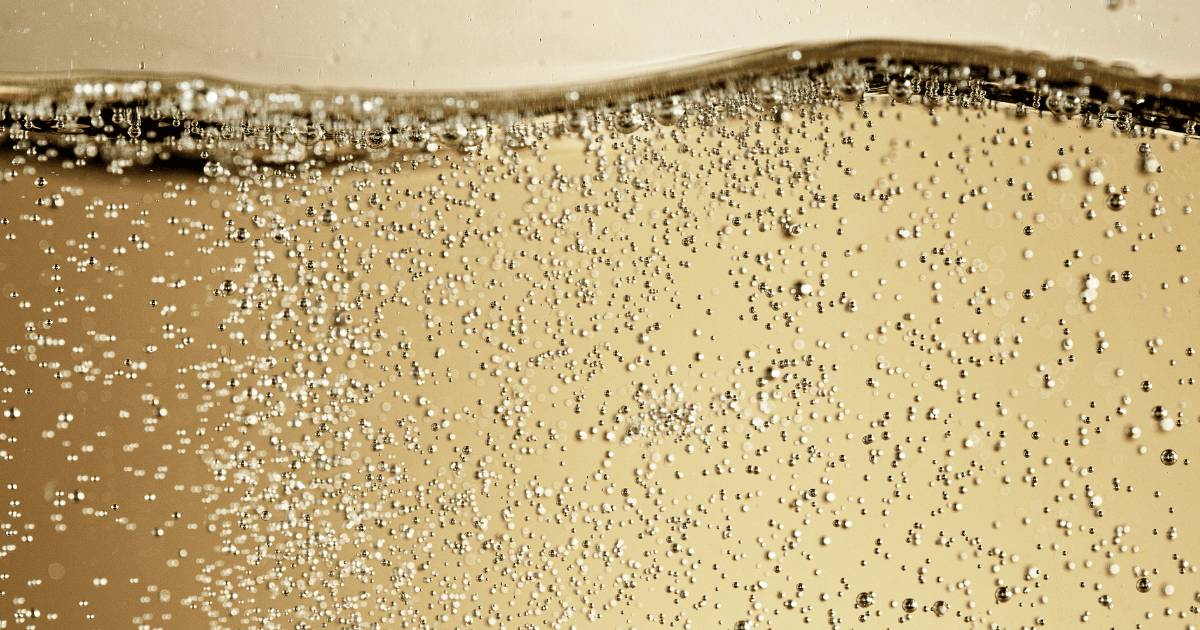
A champagne’s evolution is visible and tangible.
Color Changes
Champagne begins as a light, pale straw hue that reflects its youthful brightness. Over time, it gradually deepens to a richer gold, signaling oxidation and aging. This visual transformation is subtle but telling of the wine’s inner evolution. It hints at the deeper complexity waiting within each pour.
Bubble Quality
As champagne matures, its bubbles become smaller and more refined. This change enhances the smoothness of the wine and the elegance of each sip. Fine bubbles are often seen as a hallmark of higher-quality aging. Their texture becomes more like silk than sparkle.
Creaminess and Texture
Extended lees contact lends aged champagne a creamy, luxurious texture. As acidity mellows, roundness takes center stage, giving the wine a soft, satisfying mouthfeel. This transformation brings harmony between brightness and richness. What was once sharp becomes velvety and elegant.
Aromatic Journey
Aroma is where champagne aging becomes emotionally expressive. Bright fruit tones mellow into warm notes of baked apple, almond, toast, and dried flowers. These evolving scents paint a story of time, patience, and transformation. It’s as if the champagne blooms in reverse, revealing its depth layer by layer.
Comparing Aged Champagne to Younger Bottles
It’s not a contest—it’s a matter of taste.
Youthful Bottles
These champagnes offer crispness, bright fruit, and lively acidity. They burst with energy, making them ideal for spontaneous celebrations. Their vibrant profile suits casual sipping or warm-weather occasions. Youthful bottles are a joyful introduction to champagne’s potential.
Older Bottles
Expect richness, depth, and elegance from older champagnes. They unfold with subtlety, offering a contemplative drinking experience. Each sip tells a story of time, craftsmanship, and maturation. These bottles are well-suited for special moments or refined pairings.
When Is It Too Old?
Champagne is generally considered too old if it has been aged beyond 20 to 25 years, particularly without ideal storage conditions. At this stage, it may lose effervescence, develop pronounced oxidation, and take on overly nutty or sherry-like aromas. While some collectors enjoy this mature profile, most drinkers find it past its peak. Proper cellaring can delay these changes, but even the finest bottles have a limit.
Disgorgement and Its Impact on Aging
The moment of disgorgement is a turning point.
What Is Disgorgement?
Disgorgement is the removal of lees—the spent yeast cells—from the bottle after the aging process. It marks the transition from aging to final refinement. Once the lees are expelled, a mixture known as dosage is added to adjust the sweetness level. This critical step finalizes the wine’s taste profile before corking and labeling.
Timing Affects Evolution
The timing of disgorgement has a profound effect on the champagne’s final character. Early disgorgement retains more freshness and sharper acidity due to a shorter lees contact period. Late disgorgement enhances depth and richness, allowing more time for autolysis to unfold. Winemakers strategically choose timing to reflect their intended style.
The Role of Dosage
Dosage refers to the addition of a sugar-wine mixture after disgorgement, which balances the wine’s acidity. Higher sugar levels result in a rounder, fuller mouthfeel, while lower levels keep the wine taut and vibrant. Over time, this dosage integrates with the wine and becomes indistinguishable. The final sweetness level, known as Brut, Extra Brut, or Demi-Sec, plays a defining role in flavor perception.
Champagne Producers Known for Age-Worthy Bottles
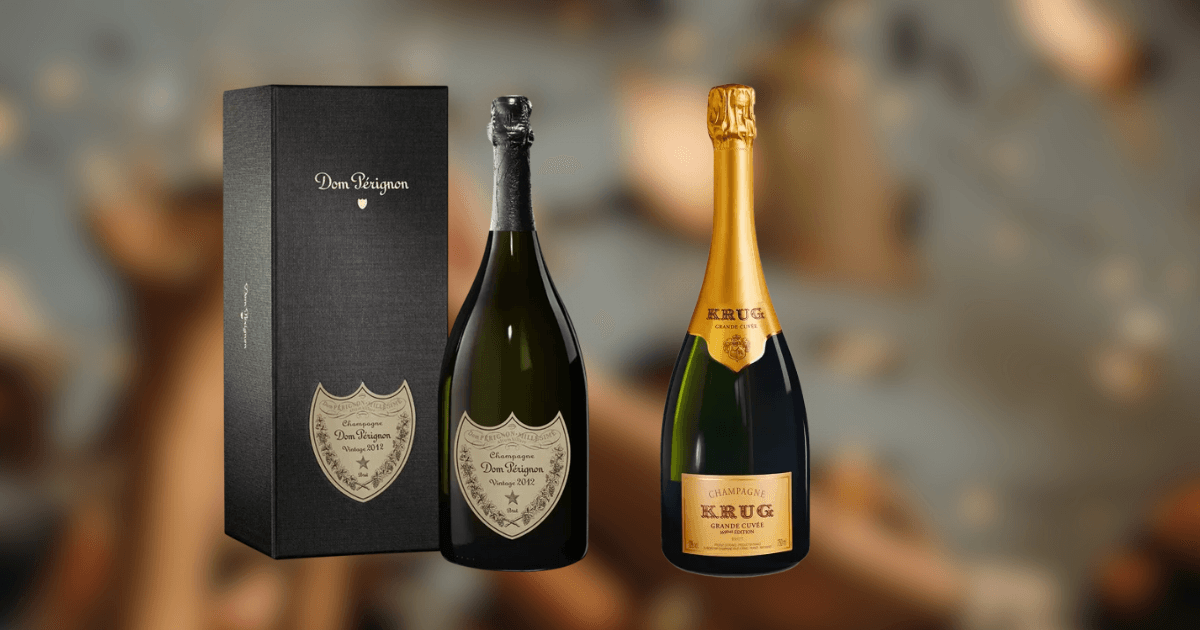
Some houses make magic that lasts decades.
Legacy Brands
Bollinger, Krug, Dom Pérignon, Salon, and Pol Roger are among the most iconic names in champagne. These producers are celebrated for crafting bottles with exceptional aging potential. Their reputations are built on consistency, complexity, and longevity. When people think of collectible champagne, these names often lead the conversation.
What Sets Them Apart
What distinguishes these maisons is their commitment to quality at every stage of production. They rely on extended lees aging to enhance depth and complexity. Carefully selected grapes from top vineyards contribute to the finesse and balance in every bottle. Meticulous attention to detail ensures that each vintage evolves beautifully over time.
Notable Vintages
Several standout years have earned legendary status among collectors and enthusiasts. The 2002 vintage is admired for its balance and age-worthiness. The 2008 vintage offers remarkable precision and freshness, making it a favorite for long-term cellaring. Meanwhile, 2012 is gaining recognition for its richness and layered expression, cementing its place among the greats.
Champagne Aging Timeline: From 0 to 20+ Years
| Age Range | Key Changes | Best For |
| 0–2 Years | Crisp fruit, bright acidity | Aperitifs, light meals |
| 3–5 Years | Developing toast, complexity | Celebrations, main courses |
| 6–10 Years | Nutty, creamy, more structure | Food pairings, dinner parties |
| 10–20 Years | Rich tertiary aromas, silky mousse | Collectors, wine lovers |
| 20+ Years | Rare, intense, deeply layered | Special occasions, gifts |
How Champagne Aging Affects Value
Time adds more than taste—it adds worth.
Price Appreciation
As champagne ages, its value often increases due to the added complexity and rarity it acquires. Vintage bottles, in particular, can see significant price appreciation over time. Their extended aging and limited production make them sought-after treasures. This financial value mirrors the craftsmanship invested in their creation.
Collector Desirability
Collectors gravitate toward champagnes with unique flavor profiles and compelling aging stories. Provenance and brand prestige further enhance a bottle’s desirability. Limited-edition releases or historically significant vintages become prized additions to any collection. These factors drive competitive demand in both private markets and auctions.
Importance of Provenance
A champagne’s provenance is crucial when assessing its resale value and authenticity. Bottles stored under optimal conditions fetch higher prices than those with questionable histories. Documentation, including vintage, disgorgement date, and producer details, strengthens buyer confidence. In the collector world, provenance is as important as the liquid inside.
Why Champagne Aging Is Worth the Wait
Aging champagne is an art rooted in science and passion. The interplay of chemistry, time, and tradition yields a liquid symphony unlike any other. It rewards patience with complexity and grace.
At California Champagne Sabers, we believe every bottle deserves its moment to shine. Whether you’re toasting with a youthful vintage or a decades-aged treasure, the magic lies in its evolution. As you explore the aging process, we invite you to savour the past, celebrate the present, and toast the future—with a flourish only we can provide. To elevate your next celebration, consider adding one of our champagne sabers—a bold, elegant way to turn any moment into a memory.
